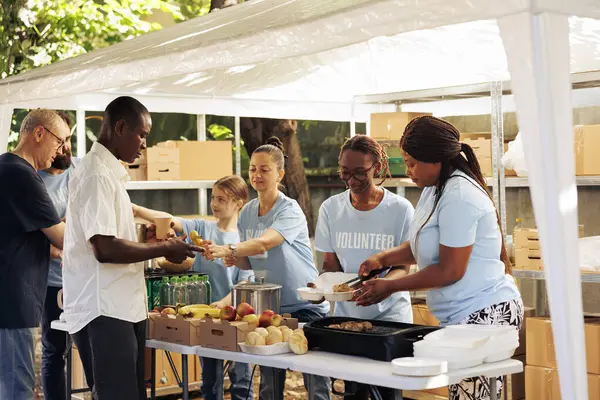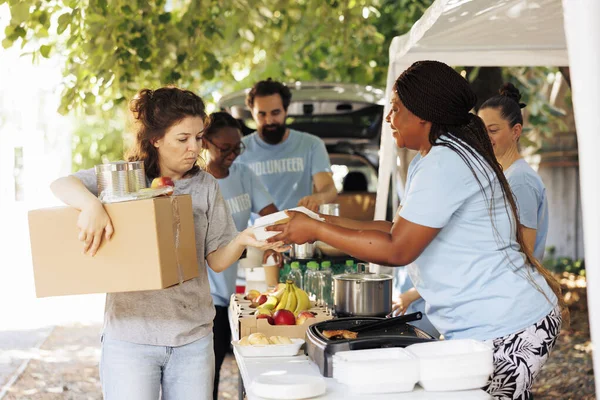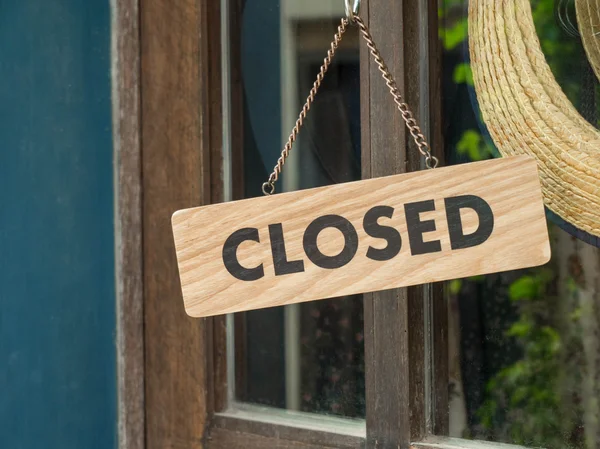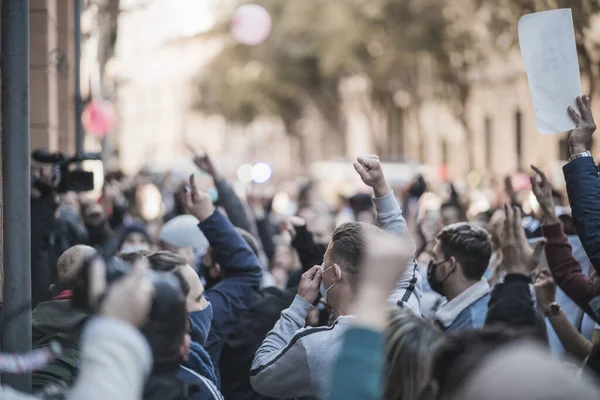
It began with the shock that few people had imagined would ever arrive-for the first time in the six-decade history of the Supplemental Nutrition Assistance Program, benefits were stopped in the course of a government shutdown. This was palpable across households living on the edge in the United States as the Trump administration’s decision cut off payments by half their usual amount. The news was not about policy it was about survival for 42 million people, mostly children, seniors, or people with disabilities.

1. The Human Toll of SNAP Cuts
The voices of those affected paint a vivid picture. Taras Stratelak, a southern California retiree awaiting spinal surgeries, described the cut as “really gonna hurt me because I cannot work, and thereby earn money to put food on the table.” In Wisconsin, Betty Standridge, recovering from a month-long hospitalization, said losing benefits meant “no fresh produce, milk, eggs.” Disabled veteran Donna Lynn faced impossible choices “It comes down to paying for my medications and my bills or buying food for myself and for my animals.” These are not isolated stories they reverberate in every state, showing the fragile balance many live within.

2. The Legal Battle Over Funding
Two federal judges, including Massachusetts Judge Indira Talwani, ordered the administration to continue the payments using emergency funds and wrote, “Congress intended the funding of Snap benefits, at a reduced rate if necessary, when appropriated funds prove insufficient.” But even under that ruling, USDA has warned that contingency reserves would cover only about 60 percent of beneficiaries for a single month and that delays of weeks or even months were likely. The reluctance of the administration to fully comply has heightened the uncertainty.

3. State-Level Responses
From California’s deployment of the National Guard to distribute groceries, to New York’s $30 million emergency fund for 16 million meals, states have scrambled to fill the gap. Louisiana declared a state of emergency Delaware switched to weekly benefit payments in order to keep the food coming. But these are stopgaps. Without federal reimbursement, local budgets strain under the weight of a national crisis.

4. Food Banks at Breaking Point
In the days since benefits expired, food banks have reported surges in demand. George Matysik, who runs a Philadelphia-area food bank, described going from “a brown out to a black out” as his budget was slashed 20% while need spiked twelvefold. The Capital Area Food Bank in Washington, D.C., has targeted distributions to furloughed federal workers, many of whom are seeking help for the first time.

5. The Mental Health Impact
Research has made it clear that food insecurity is intertwined with mental health one 2025 study published in PLOS Mental Health concluded that food insecurity was predictive of symptoms indicative of anxiety and depression, independently of prior mental health status. This stress of not knowing where the next meal is coming from heightens pre-existing conditions, while access to mental health services generally entails 43-67-day wait times that prolong the psychological strain.

6. Safeguarding Children from the Fall-out
Experts such as Dr. Jade Cobern say kids pick up on the family stress when they may not even understand the source. Parents can speak in more concrete terms with younger children-that food may be in short supply for a little while-but with older children, frank reassurance is necessary that it’s nobody’s fault. Diego Alonso of No Kid Hungry suggests using analogies that put political gridlock into terms relevant to them, so there isn’t shame in getting help.

7. Ripples in the Economy Beyond Households
Every dollar spent via SNAP creates $1.54 in economic activity, from small grocers and farmers’ markets to the local tax base. Cuts threaten to close stores and lay off employees, leaving communities without a source of healthier foods in already underserved neighborhoods. To many, such as rural and tribal communities, SNAP is a lifeline that keeps food security within families and shores up local economies.

8. Strategies toward Resilience
Nutrition advocates urge families to take advantage of community food banks, religious organizations, and meal programs available at schools. Many initiatives in New York link food distribution with gardening kits and cooking resources to promote more access and agency. Claire Babineaux-Fontenot of Feeding America writes, “Reaching out for support is a sign of strength, not shame.” Pantry volunteering itself can build empathy and solidarity.

9. The Policy Crossroads
The House Republican reconciliation would cut SNAP by almost $300 billion over a decade and could end the program in some states. Expanded work requirements, reduced federal contributions, and restrictions on immigrant eligibility could push millions off the rolls. Advocates warn these would reverse decades of progress against hunger with severe consequences for children’s health and educational outcomes.

10. Community Advocacy as a Lifeline
Food policy leaders such as Kate MacKenzie echo the strength of unified action-reforming outdated systems, streamlining wait times at food banks, and demanding that local leaders create environments where residents can access food. “Food access is not just vital it is an urgent fundamental right,” says Natalie Greaves-Peters, founder of the LEAF program in the Bronx, which couples fresh produce distribution with food education to enhance resilience.
The SNAP cuts have exposed how quickly a safety net can fray when political battles override basic needs. Yet amid the uncertainty, communities, states, and advocates are mobilizing-proving that while federal programs are essential, local solidarity can be a powerful force in keeping families fed and futures intact.


